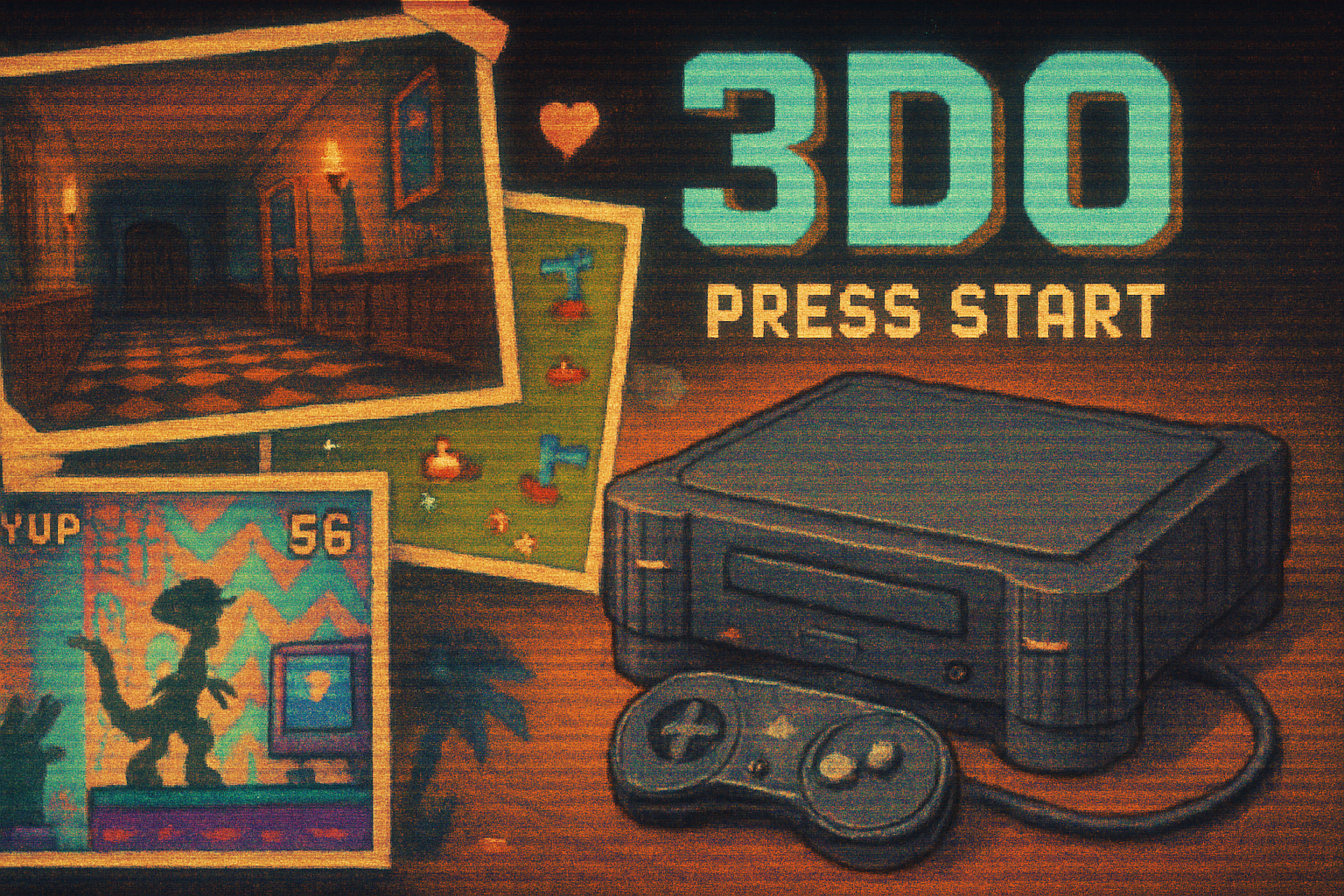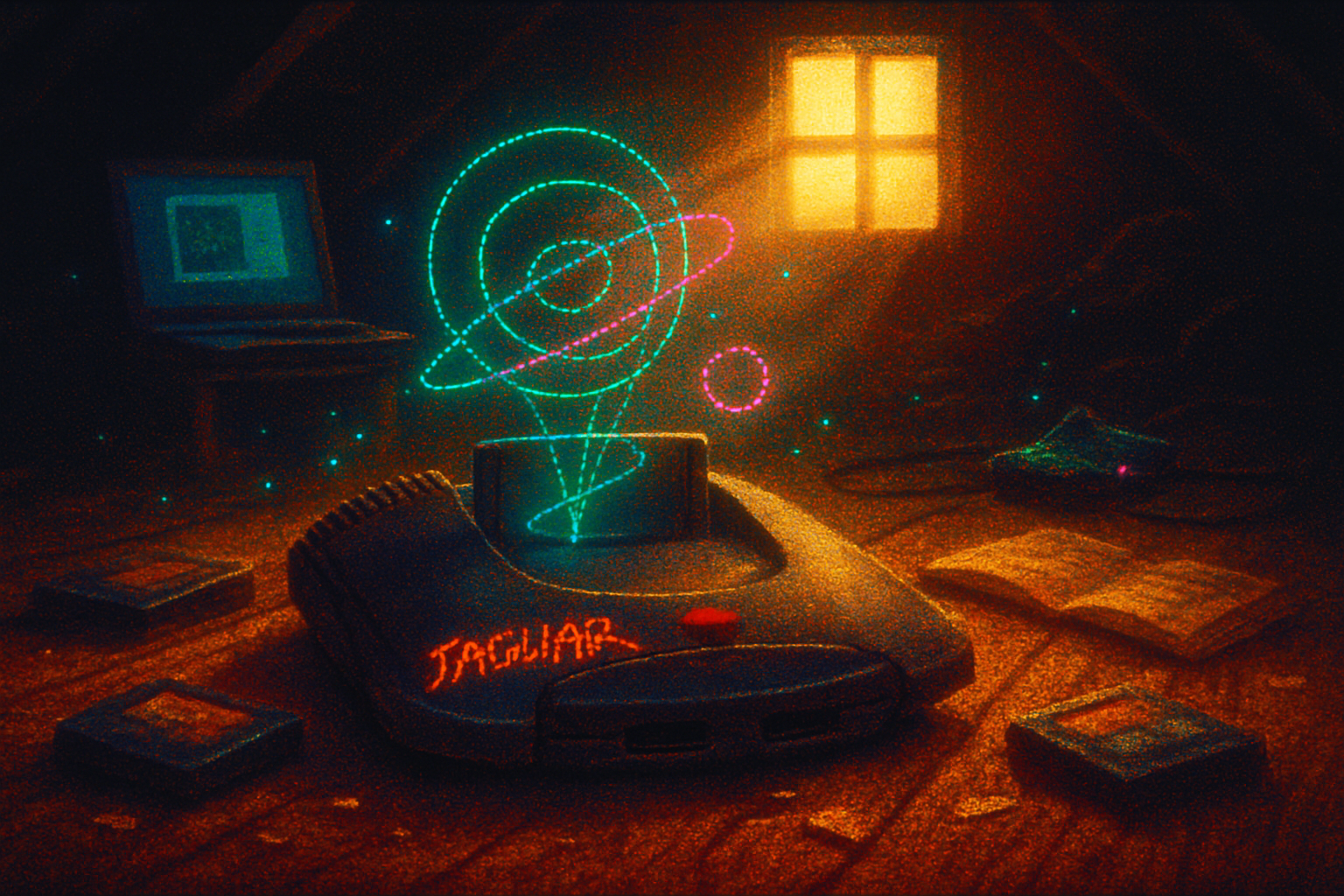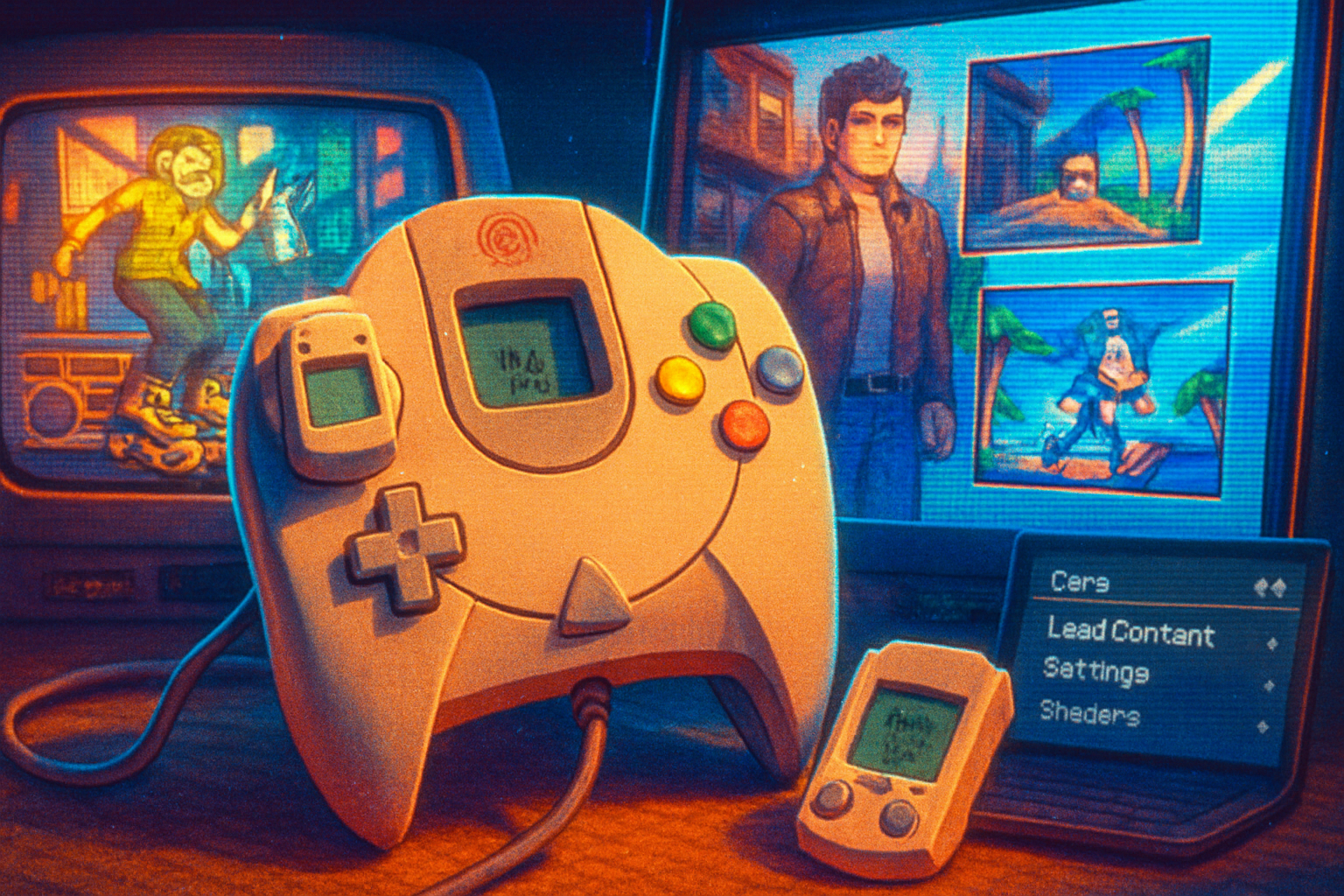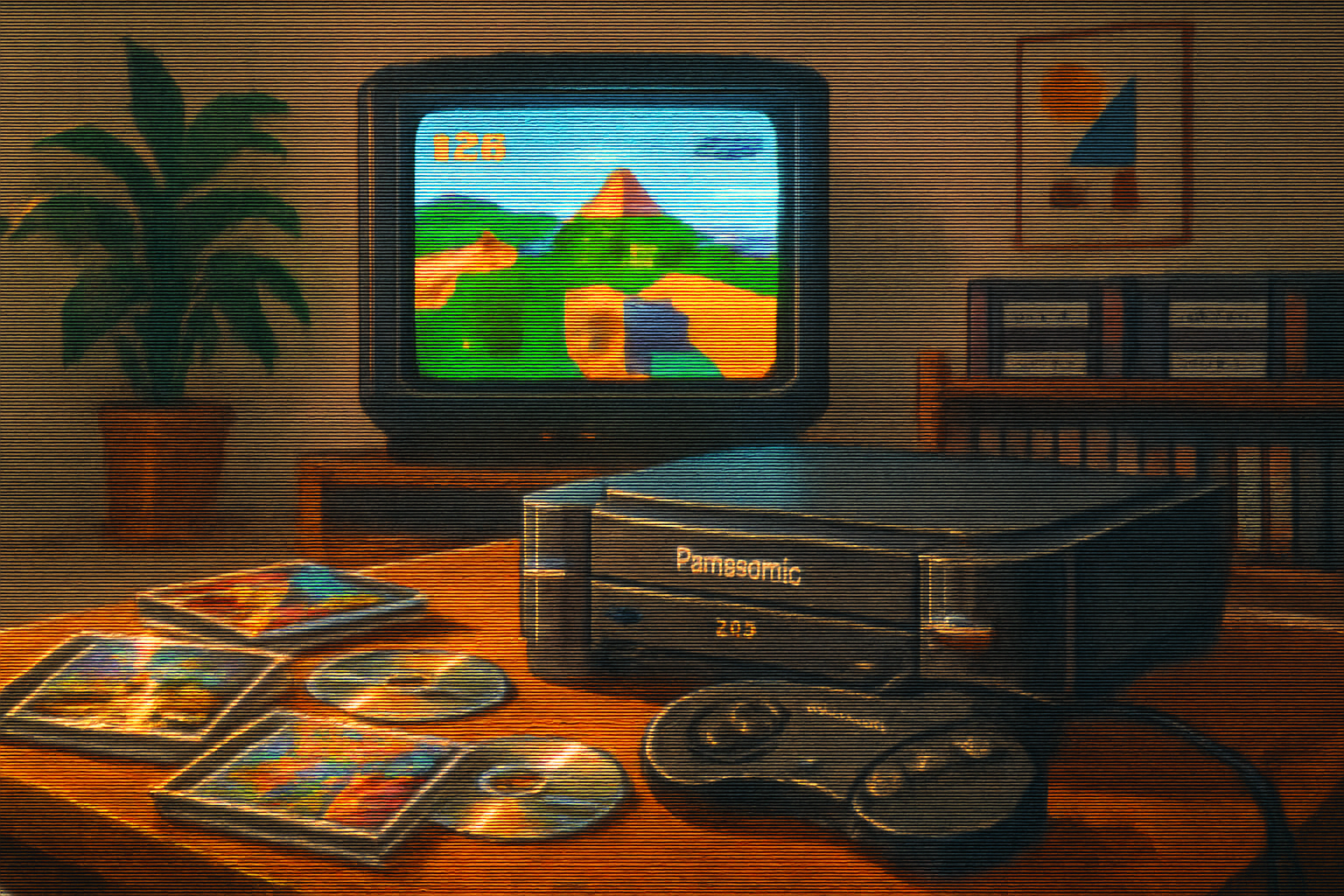· retrogaming · 6 min read
Rediscovering the 3DO: Hidden Gems Worth Playing Today
A deep dive into underrated 3DO titles - their gameplay, graphics, and why they still deserve attention today, plus practical tips for playing them now.

Why revisit the 3DO?
The 3DO Interactive Multiplayer arrived in 1993 with big promises: CD-quality audio, full-motion video (FMV), and a platform meant to push multimedia gaming forward. Although the console’s high price and a crowded market prevented it from becoming a mainstream hit, it carved out a boundary-pushing library of games - some of which were experimental, visually daring, or simply excellent but overlooked.
This post showcases a selection of underrated 3DO titles that are worth playing today. For each title we look at the gameplay mechanics, graphics and audio choices, what makes them special, and how they fit into modern retro play.
(Background on the console: https://en.wikipedia.org/wiki/3DO_Interactive_Multiplayer)
How to approach 3DO games in 2025
- Expect eclectic design - Many 3DO games lean into FMV sequences, pre-rendered graphics and early 3D techniques. That experimentation can feel dated or charming depending on your tolerance for 90s aesthetics.
- Play on original hardware for authenticity - The 3DO controller, CRT scanlines, and CD audio often give the best experience.
- Emulation is practical - Emulators like FreeDO or multi-system tools make these games accessible; be mindful of legalities and use your own discs or licensed digital releases.
Now, the games.
Killing Time (1995)
Quick facts
- Genre - First-person shooter / action-adventure
- Developer - Studio 3DO
- Notable for - Creepy atmosphere, mansion exploration, integrated FMV
What it plays like
Killing Time blends exploration, puzzle solving, and FPS combat inside a haunted mansion filled with traps and supernatural enemies. It’s slower-paced than many arena shooters of the era, favoring atmosphere and discovery. Puzzles and key-hunting often take center stage alongside gunplay.
Graphics & audio
The game uses detailed sprite-based enemies and atmospheric lighting for its time, with FMV cutscenes to advance the story. The audio reinforces the mood - eerie music and sampled effects that still hold up when experienced on a good sound setup.
Why it matters today
If you enjoy slow-burn, exploration-heavy shooters (think classic Resident Evil or Hexen-era experimentation), Killing Time is a compact, well-crafted example from a less-documented corner of 90s design. The game’s mood-driven approach makes it a rewarding, if occasionally uneven, play.
How to play now
Look for original 3DO discs or digital ports where available. Emulation provides an accessible route; many retro collectors recommend trying it on original hardware if you can source a working system and disc.
(Reference: https://en.wikipedia.org/wiki/Killing_Time_(video_game))
Return Fire (1995)
Quick facts
- Genre - Vehicular combat / capture-the-flag
- Developer - Silent Software
- Notable for - Simple, addictive arena design and asymmetric vehicle mechanics
What it plays like
Return Fire is a top-down, arcade-style contest of destruction and strategy. Two players (or one player vs AI) attempt to capture each other’s flags by commandeering tanks, planes, jeeps, helicopters and more - each vehicle has distinct strengths and control quirks. The tug-of-war between mobility, firepower and terrain makes for tense matches.
Graphics & audio
Bright, readable sprites and energetic sound design. The aesthetic favors clear visual communication - which is exactly what an action-focused local multiplayer game needs.
Why it matters today
Return Fire’s design is timeless: bite-sized matches, asymmetric vehicles and emergent player strategies. It’s a great example of a console-era multiplayer game that rewards mechanical mastery and improvisation, and it holds up as a party or couch-competitive pick.
How to play now
The game appears on several 90s platforms; playing the 3DO version preserves the era’s audio/visual feel. Emulators are a reasonable alternative for single players.
(Reference: https://en.wikipedia.org/wiki/Return_Fire)
Gex (1995)
Quick facts
- Genre - Platformer
- Developer - Crystal Dynamics
- Notable for - Characterful lead (a TV-obsessed gecko), pop-culture humor, tight platforming
What it plays like
Gex pairs classic platforming fundamentals with a personality-driven script. Levels are themed around television genres and channels, and protagonist Gex drops pop-culture quips during gameplay. Controls are precise for a 3D/platform hybrid, and the level design encourages exploration and discovery of secrets.
Graphics & audio
The 3DO version benefits from smooth animations and expressive character models for its time. Voicework and sound cues are part of the charm - the game leans into humor the way mid-90s platformers often did.
Why it matters today
Gex is a reminder that the 3DO wasn’t only about FMV or experimental titles; it could also host solid mainstream platformers. Fans of late-90s platform design will find it nostalgic yet playable, and Gex’s humor gives the game personality that still lands.
How to play now
Gex has been re-released on various platforms, but the 3DO iteration retains the particular look and voicework of the era. Seek out ports or emulation to experience the original flavor.
(Reference: https://en.wikipedia.org/wiki/Gex)
The Need for Speed (1994)
Quick facts
- Genre - Racing
- Developer - EA Canada
- Notable for - Cinematic presentation, licensed cars, realistic driving feel for its time
What it plays like
The original Need for Speed emphasized high-end production values: car interiors, realistic-sounding engines, and a cinematic presentation with FMV. The physics leaned toward simulation for the era, rewarding careful driving and awareness of vehicle handling.
Graphics & audio
On the 3DO, NfS used detailed car models, sumptuous soundtrack choices, and sample-based engine noises that were a step above many contemporaries. FMV sequences bookend races for a more cinematic single-player experience.
Why it matters today
It’s the progenitor of a franchise that would become one of the biggest racing series in gaming. Playing the 3DO original lets you see the roots of features that later became standard in racing titles (car audio realism, licensed vehicles, and a cinematic approach to presentation).
How to play now
The original NfS saw multiple ports, but the 3DO edition is historically significant as the debut. Collectors often seek the 3DO release, while emulation remains an option for study or nostalgia playthroughs.
(Reference: https://en.wikipedia.org/wiki/The_Need_for_Speed_(1994_video_game))
Preservation, emulation, and legal considerations
- Use original media when possible - Buying original discs supports preservation-minded sellers and gives the authentic experience.
- Emulators are practical - FreeDO and other emulators can run 3DO discs and ISO images. They’re handy for troubleshooting, save states and modern display configurations.
- Respect copyright - Only use dumps of discs you own or official re-releases.
For more resources on 3DO hardware and preservation projects, the console’s Wikipedia page is a good starting point: https://en.wikipedia.org/wiki/3DO_Interactive_Multiplayer
Final thoughts: why these hidden gems still matter
The 3DO’s relative commercial failure left many interesting experiments underplayed or forgotten. That’s part of the appeal today: you’ll find titles that took risks early, experimented with tone and presentation, or simply polished core mechanics that feel rewarding now. Whether you’re chasing nostalgia or exploring a lesser-known slice of gaming history, the 3DO library has something unexpected to offer.
If you’re new to the system, try one of the titles above depending on your mood - want atmosphere and story? Try Killing Time. Craving competitive couch fun? Load up Return Fire. Looking for platforming charm? Gex is a safe bet. Interested in the origins of a major franchise? Drive into The Need for Speed.
References and further reading
- 3DO Interactive Multiplayer - Wikipedia: https://en.wikipedia.org/wiki/3DO_Interactive_Multiplayer
- Killing Time (video game) - Wikipedia: https://en.wikipedia.org/wiki/Killing_Time_(video_game)
- Return Fire - Wikipedia: https://en.wikipedia.org/wiki/Return_Fire
- Gex - Wikipedia: https://en.wikipedia.org/wiki/Gex
- The Need for Speed (1994 video game) - Wikipedia: https://en.wikipedia.org/wiki/The_Need_for_Speed_(1994_video_game)


